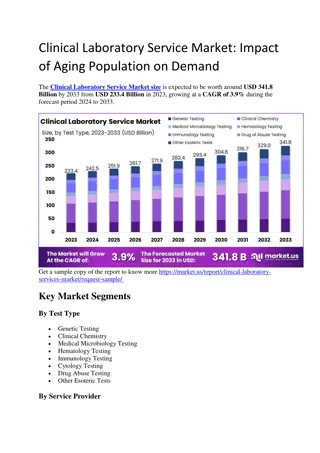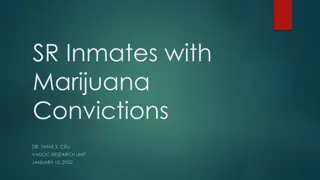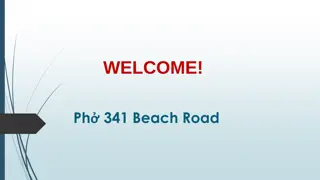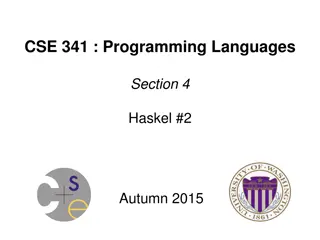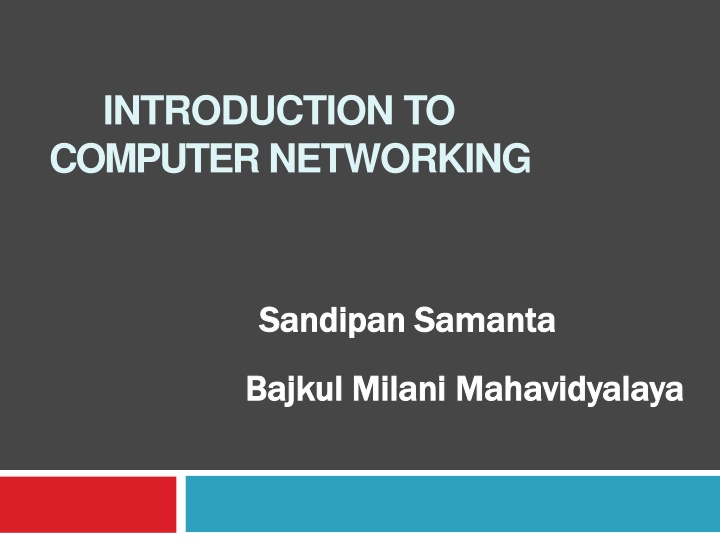
Computer Networking: Introduction, Definition, Applications, Benefits
Learn about computer networking - its introduction, definition, applications, and benefits. Explore how networks enable communication, resource sharing, and connectivity among devices. Discover the types of resources that can be shared, the components involved, and the various benefits such as increased speed, reduced costs, improved security, and centralized management.
Download Presentation

Please find below an Image/Link to download the presentation.
The content on the website is provided AS IS for your information and personal use only. It may not be sold, licensed, or shared on other websites without obtaining consent from the author. If you encounter any issues during the download, it is possible that the publisher has removed the file from their server.
You are allowed to download the files provided on this website for personal or commercial use, subject to the condition that they are used lawfully. All files are the property of their respective owners.
The content on the website is provided AS IS for your information and personal use only. It may not be sold, licensed, or shared on other websites without obtaining consent from the author.
E N D
Presentation Transcript
INTRODUCTION TO COMPUTERNETWORKING Sandipan Sandipan Samanta Samanta Bajkul Milani Mahavidyalaya Bajkul Milani Mahavidyalaya
DEFINTION & APPLICATIONS DEFINTION: A computer network is defined as the interconnection of two or more computers. It is done to enable the computers to communicate and share available resources. APPLICATIONS: Sharing of resources such asprinters Sharing of expensive software's and database Communication from one computer to another computer Exchange of data and information among users via network Sharing of information over geographically wide areas. i. ii. iii. iv. v.
THE USE OF COMPUTER NETWORK BusinessApplications online buying HomeApplications mail, chat MobileUsers wireless: laptops, PDA, mobile, in plane SocialIssues
THE USE OF COMPUTER NETWORK Sharing information i.e. datacommunication Do you prefer these? Orthis?
THE USE OF COMPUTER NETWORK Sharing hardware or software E.g. print document Centralize administration and support E.g. Internet-based, so everyone can access the same administrative or support application from their PCs
COMPONENTS OF COMPUTER NETWORK Two or more computers Cables as links between the computers A network interfacing card(NIC) oneach computer Switches Software called operating system(OS)
NETWORKBENEFITS The network provided to the users can be divided into two categories: Sharing Connectivity i. ii.
SHARINGRESOURCES Types of resourcesare: Hardware: A network allows users to share many hardware devices such as printers , modems, fax machines, CD ROM, players, etc. Software: sharing software resources reduces the cost of software installation, saves space on hard disk. 1. 2.
OTHER BENEFITS OF COMPUTER NETWORK Increasedspeed Reducedcost Improved security Centralized softwaremanagements Electronicmail Flexibleaccess o o o o o o
DISDAVATAGES OF NETWORKS o High cost ofinstallation o Requires time for administration o Failure ofserver o Cable faults
CLASSIFICATION OF AREA BY THEIRGEOGRAPHY
LOCAL AREANETWORK(LAN) LAN is a network which is designed to operate over a small physical area such as an office, factory or a group ofbuildings. LAN s are easy to design and troubleshoot Exchange of information and sharing of resources becomes easy because of LAN. In LAN all machines are connected to a single cable. Different types of topologies such as star, tree, bus, ring, etc Can be used It is usually a privately ownednetwork.
WIDE AREANETWORK(WAN) When network spans over a large distance or when the computers to be connected to each other are at widely separated locations a local area network cannot be used. A wide area network(WAN) isinstalled. The communication between different users of WAN is established using leased telephone lines, satellite links and similarchannels. It is cheaper and more efficient to use the phone network for thelink. Most WAN networks are used to transfer large blocks of data between itsusers.
PERSONAL AREA NETWORK(PAN) A personal area network is a computer network organized around an individualperson. It generally consists of a mobile computer, a cell phone or personal digital assistant. PAN enables the communication among thesedevices. It can also be used for communication among personal devices themselves for connecting to a digital level network andinternet. The PANs can be constructed using wireless or cables.
CAMPUS AREA NETWORK(CAN) The campus area network is made up of an interconnection of LAN with limited geographical area. Network equipments such as switches, routers and the transmission media i.e. optical fibre etc are almost entirely owned by the campus owner.
METROPOLITAN AREANETWORK(MAN) It is in between LAN & WAN technologythat covers the entire city. It uses similar technology asLAN. It can be a single network such as cable TV network, or a measure of connectinga number of LAN s o a large network so that resources can be shared LAN to LAN as well as device to device.
WAN LAN PAN CAN MAN
DISTINGUISH BETWEENLAN,WAN,MAN PARAMETERS LAN WAN MAN Ownership of network Private Private orpublic Private orpublic Geographic al area covered Small Very large Moderate Design and maintenanc e Easy Not easy Not easy Coaxialcables, PSTN, optical fibre, cables, wireless Communicatio n medium PSTN or satellite links Coaxial cable Bandwidth Low High moderate Data High Low moderate rates(spee
NETWORK CLASSIFICATION BY THEIR COMPONENT ROLE LOCAL AREANETWORK PEER TO PEER NETWORK CLIENT SERVERNETWORK
PEER TO PEER NETWORK In peer to peer network each computer is responsible for making its own resources available to other computers on the network. Each computer is responsible for setting up and maintaining its own security for these resources. Also each computer is responsible for accessing the required network resources from peer to peer relationships. Peer to peer network is useful for a small networkcontaining less than 10 computers on a single LAN . In peer to peer network each computer can function as both client and server. Peer to peer networks do not have a central controlsystem. There are no servers in peer networks. Peer networks are amplified into home group.
ADVANTAGES & DISADVANTAGES OF PEER TO PEER NETWORK Disadvantages: Not verysecure No central point of storage or file archiving Additional load on computer because of resourcesharing Hard tomaintain versioncontrol Advantages: Use less expensive computerhardware Easy to administer No NOSrequired More built inredundancy Easy setup & low cost
CLIENT/SERVERNETWORK In client-server network relationships, certain computers act as server and other act as clients. A serveris simply a computer, that available the network resources and provides service to other computers when they request it. A client is the computer running a program that requests the service from a server. Local area network(LAN) is based on client server network relationship. A client-server network is one n which all available network resources such as files, directories, applications and shared devices, are centrally managed and hosted and then are accessed byclient. Client serve network are defined by the presence of servers on a network that provide security and administration of the network.
ADVANTAGES AND DISADVANTAGES OF CLIENT-SERVERNETWORK Advantages: Very secure Betterperformance Centralizedbackup veryreliable Disadvantages: requiresprofessional administration Morehardware- intensive Moresoftware intensive Expensive dedicated software
TYPES OF SERVERS File server: These servers provide the services for storing, retrieving and moving the data. A user can read, write, exchange and manage the files with the help of file servers. Printer server: The printer server is used for controlling and managing printing on the network. It also offers the fax service to the network users. Application server: The expensive software and additional computing power can be shared by the computers in a network with he help of application servers. Message server: It is used to co-ordinate the interaction between users, documents and applications. The data can be used in the for of audio, video, binary, text or graphics. Database server: It is a type of application server. Itallows the uses to access the centralised strongdatabase.
TRANMISSIONMEDIA Two main categories: Guided wires, cables Unguided wireless transmission, e.g. radio, microwave, infrared, sound, sonar We will concentrate on guided media here: Twisted-Pair cables: Unshielded Twisted-Pair (UTP) cables Shielded Twisted-Pair (STP) cables Coaxial cables Fiber-optic cables
TRANMISSIONMEDIA Twisted-Pair Cables If the pair of wires are not twisted, electromagnetic noises from, e.g., motors, will affect the closer wire more than the further one, thereby causing errors
TRANMISSIONMEDIA Unshielded Twisted-Pair (UTP) Typically wrapped inside a plastic cover (formechanical protection) A sample UTP cable with 5 unshielded twisted pairs ofwires Insulator Metal
TRANMISSIONMEDIA Shielded Twisted-Pair (STP) STPcablesare similar to UTPcables, except there isa metal foil or braided-metal-mesh cover that encases eachpair of insulated wires
TRANMISSIONMEDIA Coaxial Cables In general, coaxial cables, orcoax, carry signals of higher freq (100KHz 500MHz) than UTPcables Outer metallic wrapping serves both as a shield against noise and as the second conductor that completes the circuit
TRANMISSIONMEDIA Fiber-Optic Cables Light travels at 3 108 ms-1 in free space and is the fastest possible speed in the Universe Light slows down in denser media, e.g.glass Refraction occurs at interface, with light bendingaway from the normal when it enters a less densemedium Beyond the criticalangle total internal reflection
TRANMISSIONMEDIA Fiber-Optic Cables An optical fiber consists of a core (denser material) and a cladding (less dense material) Simplest one is a multimode step-index opticalfiber Multimode = multiple paths, whereas step-index = refractive index follows a step-function profile (i.e. an abrupt change of refractive index between the core and the cladding) Light bounces back and forth along the core Common light sources: LEDs and lasers
TOPOLOGY How so many computers are connected together? BusTopology Ring Topology Star Topology Hub
TOPOLOGY Bus Topology Simple and low-cost A single cable called a trunk (backbone, segment) Only one computer can send messages at a time Passive topology - computer only listen for, not regenerate data Star Topology Each computer has a cable connected to a singlepoint More cabling, hence higher cost All signals transmission through the hub; if down, entire network down Depending on the intelligence of hub, two or more computers may send message at the sametime
TOPOLOGY Ring Topology Every computer serves as a repeater to boostsignals Typical way to senddata: Tokenpassing only the computer who gets the token can send data Disadvantages Difficult to add computers Moreexpensive If one computer fails, whole network fails

